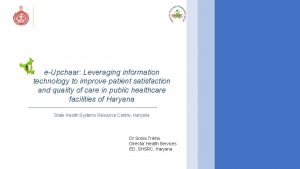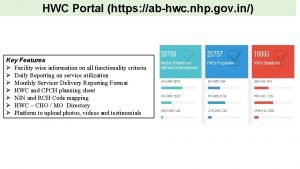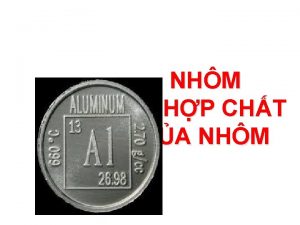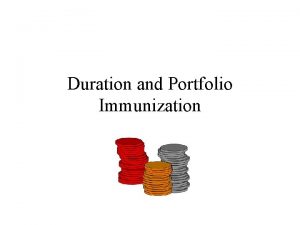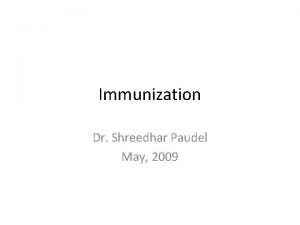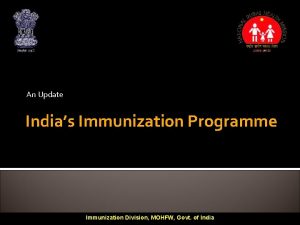Immunization Program Child Health Division NHM Haryana Immunization







- Slides: 7

Immunization Program Child Health Division NHM Haryana

Immunization Schedule S. No. Time Vaccine Dosage 1 At Birth / upto 1 year of age BCG 0. 1 ml (0. 05 ml till 1 month of age) 2 With in 24 hrs after birth Hep-B (Birth Dose) 0. 5 ml 3 At birth / till 15 days after birth OPV -0 2 Drops 4 6 th, 10 th & 14 th Weeks Pentavalent- 1, 2, 3 0. 5 ml 5 6 th, 10 th & 14 th Weeks OPV- 1, 2, 3 2 Drops 6 6 th, 10 th & 14 th Weeks Rotavirus Vaccine- 1, 2, 3 5 Drops 7 6 th, 14 th Weeks & 9 Months PCV- 1, 2, 3 0. 5 ml 8 6 th& 14 th Weeks IPV (Fractional) 0. 1 ml

Immunization Schedule S. No. Time Vaccine Dosage 10 9 th Months Measles- 1 & JE -1 0. 5 ml 11 After 9 th Months completion Vitamin-A 1 ml (1 Lakh IU) 12 16 th -24 th Months Measles-2, JE -2, OPVBooster & DPT Booster-1 0. 5 ml / 2 Drops (OPV) 13 16 th months & after that at the interval of 6 months, till 5 Years Vitamin-A (2 nd – 9 th Dose) 2 ml (2 Lakh IU) 14 5 -6 Years DPT Booster-2 0. 5 ml 15 10 -16 Years Tetanus Toxoid 0. 5 ml

What is safe injection ? • An injection which does not cause harm to… Health worker Beneficiary Community and environment

Occupational Hazard Health Service Providers / Bio Medical Waste professionals at hospitals and other health care facilities face many hazards in the workplace every day. Listed below are some of these hazards Reuse of injection equipment – Wrong injection techniques – Risk of contracting deadly diseases e. g. Hepatitis B, Hepatitis C and HIV. Injury to beneficiary or functionary Infections e. g. parasitic, fungal, bacterial etc. Adverse events Wrong disposal techniques Harm to community and environment

Occupational Hazard • When they treat patients, they may become exposed to infectious diseases. • They risk exposure to blood borne pathogens from dirty needles that are occasionally thrown away in the biohazard and general waste streams. • They work with chemicals that are often corrosive and dangerous if not handled properly. Vaccinations regarding Hepatitis- B and Tetanus are recommended for those who deal directly with Bio Medical Waste management.

THANKS


